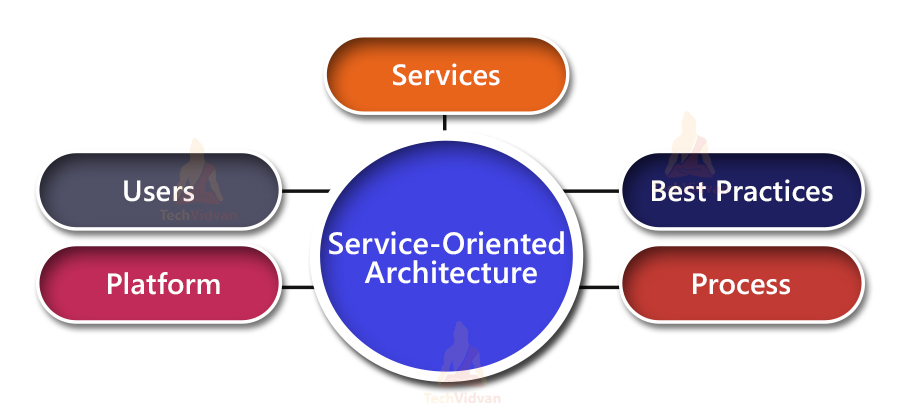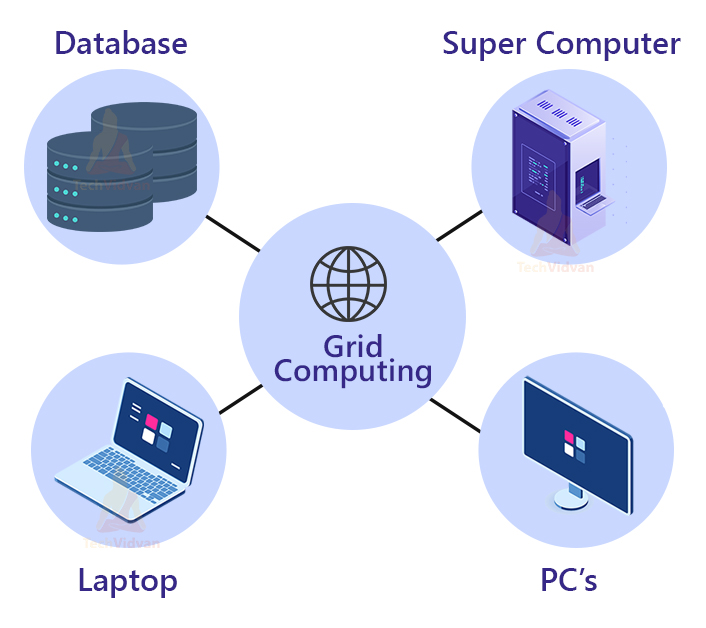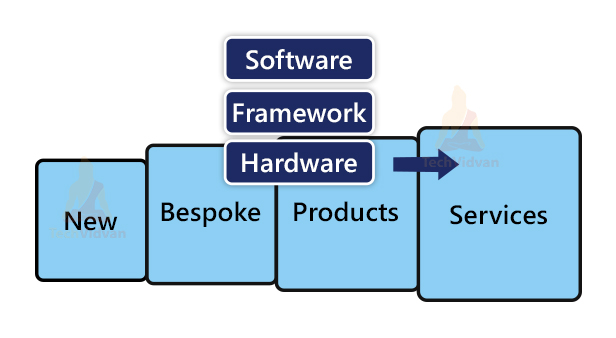Cloud Computing Technologies
Cloud Computing offers a varied set of services ranging from virtual computers to store and access the data and many other computing services on the internet. On the cloud, users get many on-demands and a set of scalable services. These services include processing, storage, networking, and applications in our Cloud Computing segments.
Cloud Computing is mainly used to perform heavy processing workloads on powerful data centers which are available virtually. These processes can be scaled up infinitely in terms of capacity. Cloud solutions are highly cost-effective for users. Another key benefit of Cloud Computing High Availability is another benefit for mission-critical applications.
In the following article, we will gain knowledge on Cloud Computing Technologies. Below is the list of technologies on which we will discuss in today’s article, and they are as follows:
- Virtualization
- Service-Oriented Architecture
- Grid Computing
- Utility Computing
1. Virtualization
In Cloud Computing, virtualization means using virtual machines. Basically, a virtual machine is a software computer, or we can say a software program. It runs on physical devices like desktops and laptops and can run as a physical machine and perform tasks such as running applications as per users’ requests. Some of the virtualization types are as follows:
a. Hardware Virtualization
If any machine gets installed and runs on hardware servers, it is known as Hardware virtualization. Hardware Virtualization can be easily controlled as it is a virtual machine rather than an entire physical server.
b. Operating System Virtualization
If the user installs any virtual machine in a guest machine rather than a hardware system, it is titled Operating System Virtualization. It helps in performing testing environments for various software working on different operating system platforms.
c. Server Virtualization
If any virtual machine is installed on a system, it is tagged as Server virtualization. It gets divided into multiple resources and is used for load balancing according to the requirements.
d. Storage Virtualization
Storage virtualization is a process of physical storage collection from different network storage devices. Users or organizations mainly use storage virtualization for backup and recovery purposes.
2. Service-Oriented Architecture
Service-Oriented Architecture or SOA splits the services into independent functions of business and in daily procedures. Basically, it is authorizing the enterprise to access on-demand cloud-based computing solutions according to the business requirements. It can run or work with or without the help of Cloud Computing.
A service-oriented system spreads two significant components: Quality as a Service and the second component, software-as-a-service. Quality as a Service is to identify the working and behavior of a service from a different angle. Secondly, Software as a Service will provide a new software delivery model, which is taken from application service providers. In SOA, Service Provider and Service Consumer are two significant roles.
Applications of Service-Oriented Architecture
Below we have mentioned Applications of Service-Oriented Architecture lists, and they are as follows:
- Mainly used in the Healthcare industry
- It is also widely in developing mobile applications and games
- SOA infrastructure is used to launch situational awareness systems in defense organizations.
3. Grid Computing
Grid Computing is an exercise or process to connect multiple servers from multiple services to accomplish a common goal. Another popular term for Grid Computing in Distributed Computing. Its role is to turn massive problems into smaller ones, broadcast them to servers, and keep them within the grid.
Grid Computing is mainly used by e-commerce websites and plans to share their resources on the massive scale of cluster computing. One of the famous project examples is Folding@home. The primary aim of this project is to search for protein folding, misfolding and connected diseases. It involves utilizing the power of unused computers for solving various difficult and complex scientific issues.
In Grid Computing, nodes are connected with the help of parallel nodes for developing a computer cluster. These computer clusters are available in different sizes and can run with the use of an Operating System.
There are three types of machines involved in Grid Computing, and they are as follows:
1. Control Node: Control Node is a class of servers that monitors and administers the entire network.
2. Provider: A provider is a computer whose role is to contribute its resources to the network resource pool.
3. User: A user is a computer that utilizes the resources available on the network.
ATMs, Backend infrastructures, and backend research teams mostly make use of Grid Computing.
4. Utility Computing
Utility Computing is one of the most unique and popular IT service models. The process depends on the pay-as-you-go model. It provides users with on-demand computing resources such as computers, storage, programming services with the help of API, and many more. As the business changes, the computing requirements also change, and thus billing also adjusts accordingly. There is no additional cost, and if the user’s usage decreases, then the billing cost also decreases.
The main advantage of utility computing is that it helps in reducing cost, provides greater flexibility, and is very easy to manage. Global organizations like Amazon, Google, and Microsoft establish their own utility services for computing storage and application.
Summary
As we know, Cloud computing is a unique and developing technology. It is wholly based on the internet and network, which helps provide services to the users in various methods. So, in today’s article, we have covered the technologies available in Cloud Computing.



